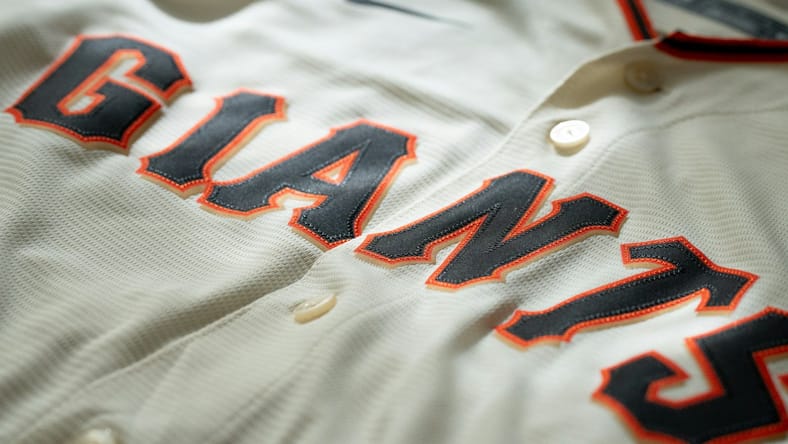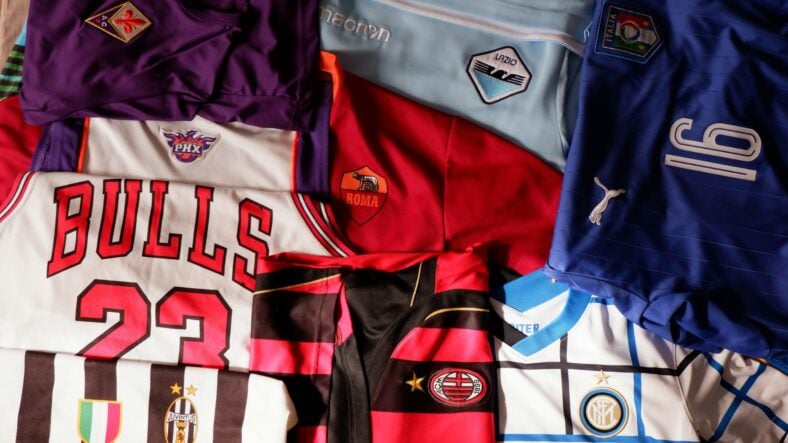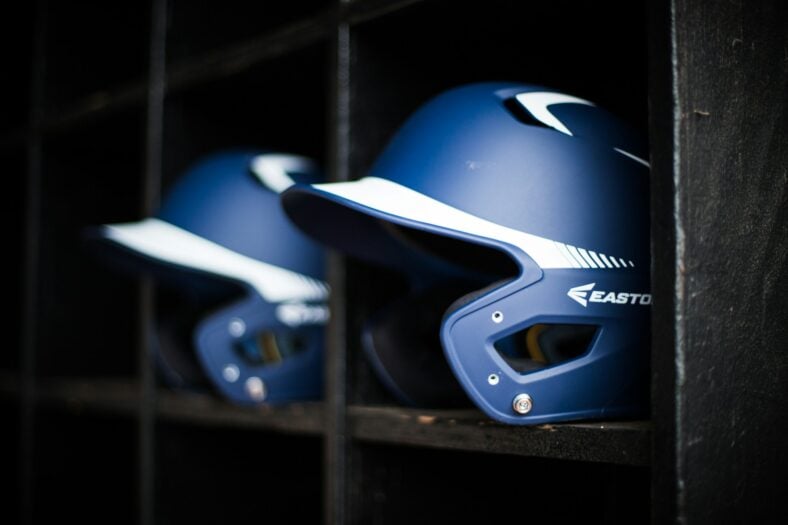
If you are a collector of sports memorabilia, the difference between having a good collection and a great one comes down to one thing: authenticity.
In recent years, with the upswing of online vendors, it’s never been easier to nab game-worn jerseys, helmets, cleats, and other gear.
However, it has also raised the chances of being sold fake memorabilia. As a buyer, use these tips to determine authentic sports memorabilia versus the fakes.
Related: Stadium Bobbleheads: How These Collectibles Can Be Valuable in Secondary Markets
Think in Categories

The best starting point is to think of sellers as categories rather than independent sites and locations. This includes licensed retailers, auction houses, specialist dealers, and even broad marketplaces online.
Each category has its own strengths and weaknesses when it comes to sports memorabilia. Check out the differences here.
Licensed Retailers and Athlete Partners
Major licensed companies like Fanatics Authentic and Steiner Sports are straightforward choices for collectors who want league-sanctioned or athlete-backed memorabilia.
They emphasize licensed merchandise, with catalogs that separate teams and players, and provide customer protections to ensure you’re getting the real deal.
Check Out: The Impact of Trading Cards on Sports, Entertainment, and More
Specialist Dealers
For dedicated collectors who want items with documented game use, specialist dealers are probably the best bet. MeiGray, for example, manages game-worn jersey programs with teams and maintains a proprietary registry.
The company gives detailed letters of authenticity, even photo-matching fabric, stitching, and game images. They often offer lifetime warranties on authenticity.
Auction Houses
When a sought-after, high-value piece is the prize, auction houses are still the primary arena. Places such as Goldin Auctions, Heritage Auctions, SCP, and Leland’s are the usual locations for rare, vintage, and museum-quality pieces.
Each lot comes with a detailed description and a provenance note, with auction houses often working with third-party authenticators.
Also Read: Game Day Oddities: The 10 Strangest Sports Superstitions Ever
Marketplaces and Third-Parties
Online marketplaces are now one of the biggest places to find sports memorabilia, offering an unmatched breadth and chance to find unusual or undervalued items. However, these sites require a lot more vigilance.
While eBay has been expanding its authentication process, it’s still possible to fall into a trap with fake memorabilia. Buyers should check whether a listing is under the authentication tools and do research before clicking the “buy” button.
Verification Processes
Authentication practices vary across the industry, but these are a few of the recurring elements that help separate real versus fake sports memorabilia:
- Certificate of authenticity (COA): A COA is a starting point, not a guarantee, though many legitimate sellers use COAs.
- Tamper-evident holograms and serial numbers: Trusted providers often apply unique identifiers that you can search on the company’s website.
- Photo-matching and game records: The technique pairs the item to photographs or game footage and includes details about the date and opponent.
- Third-party examiners: Independent authenticators and grading services who perform multi-point inspections on certain high-value items.
- Detailed provenance: A clear chain of custody, from the team or athlete to dealer or buyer, increases an item’s credibility.
Check Out: 1975 Topps Uncut Sheet at the National Sets the Example for Determining Value
Practical Buying Tips

- Start with the paperwork before bidding or buying
- Compare sellers, as reputation matters
- Ask for photo-matching if possible
- Understand return and dispute policies within marketplaces and retailers
- Budget for extra costs such as buyer’s premiums
- Use secure payments and escrow where available to prevent fraud
- Get an independent opinion on very high-value purchases
Red Flags to Watch For
Keep a lookout for these red flags that may signal a fake collectible.
- Vague descriptions that lack dates, game context, or serial numbers.
- COAs from unknown or unverifiable companies
- Mismatched sizing or labels that contradict claimed provenance.
- Unwillingness to allow independent inspection or to provide provenance documentation.
Read More: Pop Mart’s Labubu Craze Propelling the Company as Overseas Sales Soar
Where to Start
There are several places to start, especially based on your experience level with collecting. For instance, new collectors should veer towards licensed retailers and mainstream marketplaces, while serious collectors will want to go for specialist dealers and established auction houses.
For investors, you will want to rely on multiple authentication checkpoints, with major auction houses and authenticated registries important for resale liquidity.
Buying authentic sports memorabilia online or in person is now more accessible than ever, but there is a great responsibility with the buyer in finding the right market.
Using the tools above and reputable sources, you should have little trouble finding the authentic pieces to complete your collection.
More About:Collectible News
